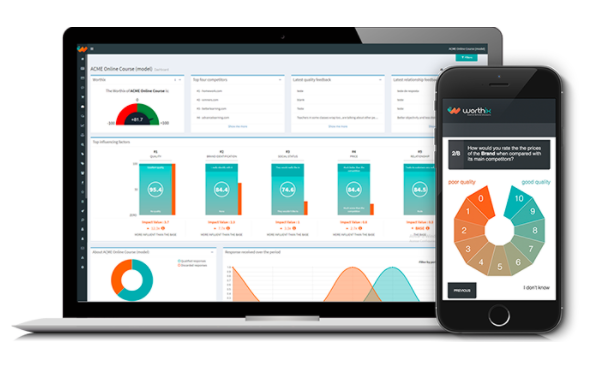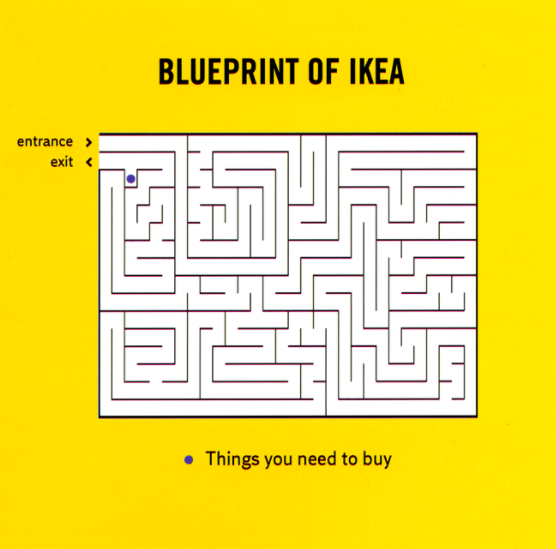I’d like to make the case that most companies out there are still failing to explore the full potential of Customer Experience. While the definition of CX may have hit mainstream, converting that concept into actionable results still seems to be a ways out.
Possibly the most commonly used definition of the practice of customer experience is:
“Customer Experience (CX) is the sum total of customers’ perceptions and feelings resulting from interactions with a brand’s products and services. Customer experience spans the lifetime of customers’ relationships with a brand, starting before a purchase is made, continuing to active use and advancing to renewal or repeat purchase.”
It’s a pretty well-rounded idea and most industry leaders out there tend to use a variation of this definition.
CX Definitions from leading companies:
- Gartner: “the customer’s perceptions and related feelings caused by the one-off and cumulative effect of interactions with a supplier’s employees, systems, channels or products”.
- Hubspot: “the impression you leave with your customer, resulting in how they think of your brand, across every stage of the customer journey”
- Forrester: “How customers perceive their interactions with your company”
- HBR: “the sum-totality of how customers engage with your company and brand, not just in a snapshot in time, but throughout the entire arc of being a customer.”
My two cents is that while I agree that customer experience is the sum of the interactions that a customer has with a brand, companies are at times dedicating most of their efforts and resources into what I consider to be customer service and customer satisfaction while failing to understand the most important part: the experience.
So what on earth is the experience then?
Perhaps a deeper definition portrays the experience as the sum of the customers’ perception on how the company delivers their need based on their expectations.

What we need in order to get more actionable results is a better understanding of when, why and how these drivers play out in customers’ minds and how it impacts the decision to buy, re-buy, remain loyal or churn.
However, here’s where it gets a bit messy: there is a crucial difference between delivering on Customer Experience and delivering on Customer Service that tends to be a bit blurry even for high level executives and CX practitioners.
This detail may be subtracting from the true potential of measuring experiences.
Customer Service falls under the (emotional) relationship driver and is composed of the interactions and engagement of a company with its customers along the touch-points of the customer journey.
While providing good service is crucial to the customers’ perception of relationship with the brand, it is but one of many decision drivers that may lead a customer to an overall positive or negative experience.
How drivers play out with IRL examples
Dollar General, for example, is wiping out local Mass General stores and heritage mom and pop shops in remote, rural areas with deeply discounted prices that cater to customers’ same needs with better prices.
Now, do they provide the same authentic service as the small business owners who knew customers’ names and favorite brands? Probably not, but it’s still ‘worth it’ to local residents who are looking for price and convenience.
So, although the service might have lost some points, the need is being met. Therefore, the overall experience to the customer is positive.

Spirit Airlines holds the reputation of the worst possible customer service in the air. According to ACIS, the number one worst ranked fast-food service also happens to be the unwavering industry leader, McDonald’s.
But Spirit is still providing a positive cost-benefit for travelers, and let’s be honest: who doesn’t love Chicky McNuggies? 10 for a dollar!

But low price is far from being the most important decision driver. Apple sells a $55k computer and a $1.5k monitor stand. Is the sum of all the technology and parts (quality) really worth that price?
Probably not. Is the social proof of Apple’s mega branding worth it? Ehh…well, it definitely is for their iPhones, Apple Watches, MacBooks, iPads, and now Apple TV and credit cards (I love ALL of them btw).
Let’s explore some other ways that drivers may play in affecting the overall experience, like Ikea for example. I cringe when even considering walking into a store… just imagining how much work I’m going have until I can finally use that darned coffee table! Even the names are high effort: VITTSJÖ. 😑
But the entire globe still pushes through those endless mazes, picking up the wrong colors and forgetting the legs (sold separately!) because ultimately, the high (HIGH) effort is worth what we’re buying for that price. And we get to pick up Swedish meatballs. So worth it!

Chewy is my all-time favorite example. It doesn’t offer better quality than its competition because pet food is totally commoditized. And the price? It actually tends to be slightly higher than Amazon and other suppliers.
So why does Chewy have LOYAL FANS instead of mere customers? Because of the relationship they nurture with their customers– and their customer’s pets.
The blow-you-away-amazing customer service that Chewy provides makes them ‘worth it’ even if it’s more expensive and the quality is the same as everyone else.
Did I mention my dog got a birthday card in the mail? #truestory
In closing
So, here’s my closing argument: the full potential of measuring Customer Experience goes beyond conformity checking for good customer service, an effortless customer journey, or even satisfaction and recommendation.
In order to truly measure the full impact of the experience and how it affects your customers’ loyalty, you must go beyond the standard concept of CX and into the realm of understanding which drivers are being weighed by the customer throughout their journey, and whether the rational/emotional response is positive or negative when it matters most: at the moment of the decision.
By using voice of customer feedback collection channels throughout the customer journey (AKA, by asking their customers), companies can get a deeper understanding of customers’ perception of these drivers and identify the experiences that have the strongest impact on customers’ decisions to buy more or less; to stay loyal or churn.
This deeper point of view on Customer Experience gives companies and decision-makers a blue-print to make strategic decisions based on science instead of intuition; it provides a clear view of moments in the journey that need improvement and; pinpoints the best places/moments to invest resources in order to effectively reduce churn and increase customer loyalty.
If that isn’t actionable, I don’t know what is.








